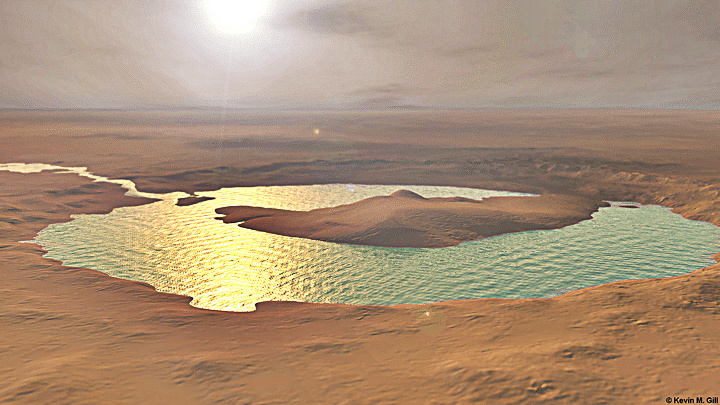On Sunday, an asteroid as wide as a football field flew past Earth, at a safe distance between Earth and the Moon. But we didn’t spot it until the day before, which is exciting. Called 2018 GE3, the asteroid is thought to measure about 47 to 100 meters (154 to 328 feet) across according to NASA. It flew past at a distance of 192,200 kilometers (120,000 miles), which is exactly halfway between Earth and the Moon, and way too distant to cause us any concern.
That it was only spotted 21 hours earlier on April 14, however, by the Catalina Sky Survey is a bit worrying. Had it hit Earth, “it would have caused regional, not global, damage, and might have disintegrated in the atmosphere before reaching the ground,” noted spaceweather.com.
“Nevertheless, it is a significant asteroid, illustrating how even large space rocks can still take us by surprise. 2018 GE3 was found less than a day before its closest approach.”
The asteroid is on an elliptical orbit of our Sun, taking 2.5 years to make its way around the Solar System and crossing the orbits of all four rocky planets in the process. This is the closest approach to Earth it will make the foreseeable future, with only one further pass (at a greater distance) scheduled up to 2152, beyond which there is no orbital data.
Its size, though, has drawn comparisons to the suspected comet that exploded over Tunguska, Siberia in 1908. Known as the Tunguska event, this explosion is thought to have leveled about 2,000 square kilometers (770 square miles) of Siberian forest.
This year we’ve already seen a number of asteroids make close passes to Earth, most of which we’ve tracked long in advance. We’re getting better at spotting asteroids, but we’re still not perfect. It’s estimated more than a quarter of near-Earth asteroids remain undetected.
There are no asteroids on a known collision course with Earth. But one day we may well be faced with such a prospect, so we’ll need to be both ready to track the asteroid and also ready to divert it. Fortunately, there are a variety of proposals for how to do that. Let’s just make sure our eyes are open, eh?
(H/T: Space.com)


Post A Comment:
0 comments: